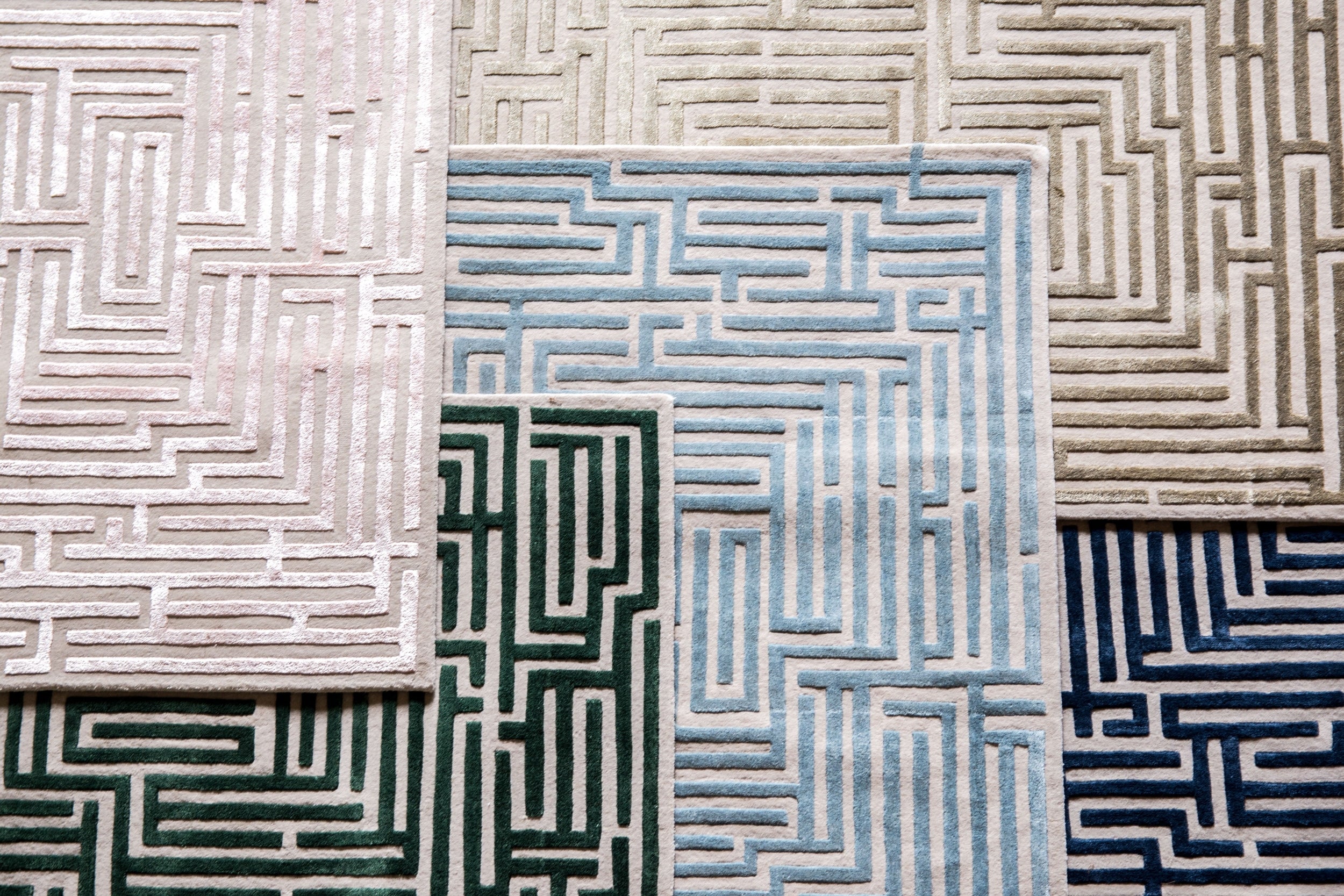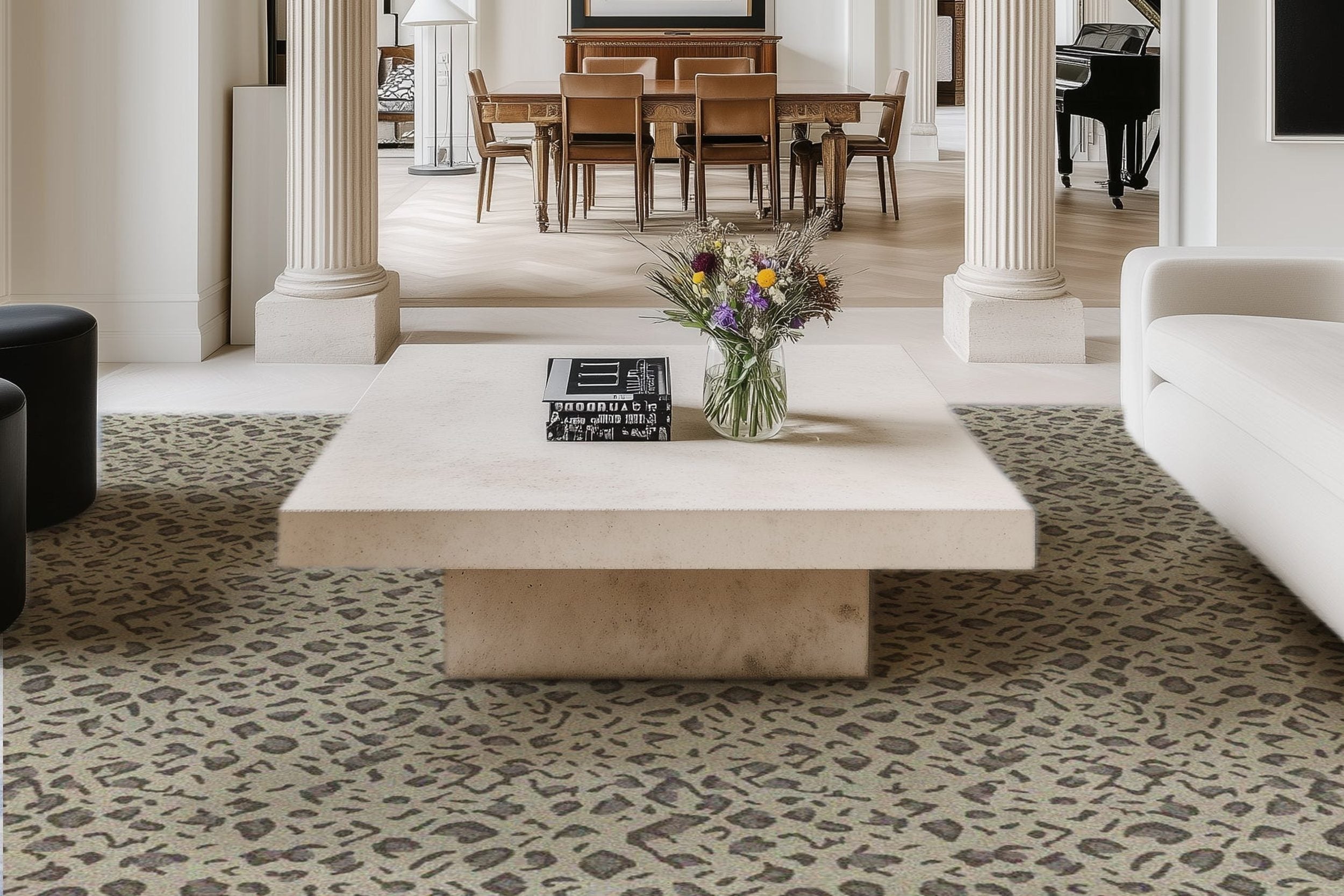Designing for Wellness from the Inside Out

Designing a space that promotes wellness goes beyond aesthetics. It’s about creating environments that nurture both the body and mind. The rise of wellness design has introduced concepts that prioritize human well-being, addressing everything from air quality to lighting and furniture choices. By focusing on wellness from the inside out, we can transform spaces into sanctuaries that support overall health and comfort. In this blog, we’ll explore key principles of wellness-focused design and how to make your home or office a healthier place to be.
The Importance of Air Quality in Wellness Design
One of the most crucial factors in wellness design is the quality of the air we breathe. Poor indoor air quality can negatively affect our health, leading to respiratory issues, fatigue, and even long-term illnesses. As we spend a significant amount of time indoors, it’s essential to focus on keeping the air clean and fresh. This can be achieved through several strategies, such as introducing plants that naturally purify the air, installing air purifiers, and making sure ventilation systems are functioning properly.
Another important aspect of air quality is ensuring that dryer vents and air ducts are cleaned regularly. Over time, lint and debris can accumulate in these systems, causing poor air circulation and even fire hazards. Regular dryer vent cleaning ensures that your home's air quality stays optimal, creating a safer and healthier living environment. It's an easy yet effective way to improve both the air you breathe and the efficiency of your home.
Natural Light and Its Impact on Wellness
Natural light plays a significant role in our physical and mental health. Exposure to natural light helps regulate our circadian rhythms, improving sleep patterns and boosting mood. Designing spaces that maximize natural light not only enhances visual appeal but also promotes overall well-being. Large windows, glass doors, and skylights are all great design elements that allow ample daylight to flood indoor spaces.
In addition to natural light, using lighting that mimics daylight can help improve energy levels and focus. This is especially important in spaces like offices and workspaces, where bright, artificial light can lead to eye strain and headaches. Thoughtfully placed lighting fixtures, combined with natural light sources, can create a more balanced, calming environment that supports wellness throughout the day.
Biophilic Design: Connecting with Nature
Biophilic design is a concept that incorporates natural elements into the built environment, helping to create a sense of connection with the outdoors. Whether it's through the use of indoor plants, natural wood finishes, or views of nature, bringing the outdoors in is known to reduce stress, enhance creativity, and promote relaxation.
Biophilic design can take many forms, from incorporating living walls to using natural stone or wood for furniture and flooring. The presence of plants, in particular, not only improves air quality but also adds a sense of tranquility to any space. The calming effects of nature are well-documented, and biophilic design ensures that these benefits are woven into the fabric of our indoor spaces.
Ergonomics and Comfort for Physical Wellness
Creating spaces that support physical health is another key element of wellness design. Ergonomically designed furniture helps prevent strain and injury by supporting proper posture and movement. Whether it's a chair that provides lower back support or a desk that encourages good posture, making sure your furniture is ergonomically sound is crucial for long-term health.
Similarly, ensuring that spaces are comfortable for relaxation is equally important. Soft textures, supportive cushions, and cozy seating areas can contribute to a sense of well-being. Materials such as wool, cotton, and linen not only feel good but also offer natural benefits, helping to maintain a comfortable indoor environment.
Noise Control and Acoustic Wellness
A noisy environment can increase stress levels, disrupt sleep, and even lower productivity. To create a calming environment, it’s important to consider acoustics in your design.
Soundproofing techniques, such as using acoustic panels, adding rugs and carpets, or incorporating soundproof windows, can help reduce unwanted noise. In addition, creating quiet zones in your home or office can provide a space for relaxation, reflection, or focus. Noise control is essential for promoting mental clarity and overall wellness.
Conclusion
By focusing on air quality, natural light, biophilic design, ergonomics, and acoustics, we can create environments that enhance our health and happiness. Whether you’re working from home, relaxing, or spending time with family, a wellness-focused design allows you to feel more connected, comfortable, and rejuvenated. Investing in these thoughtful design principles will not only improve the aesthetic value of your space but, more importantly, contribute to a better quality of life.
Browse by Category

Design Projects
Explore interiors from client work and personal renovations — layered, livable, and always in progress.
read more →
Collaborations
From product launches to styled spaces, discover the brand stories I’ve helped bring to life.
read more →
The Notebook
A growing archive of iconic designers, inspiring artists, and unforgettable design moments.
read more →
Travel by Design
Wander with a designer’s eye — from charming hotels and city guides to visual inspiration abroad.
read more →




